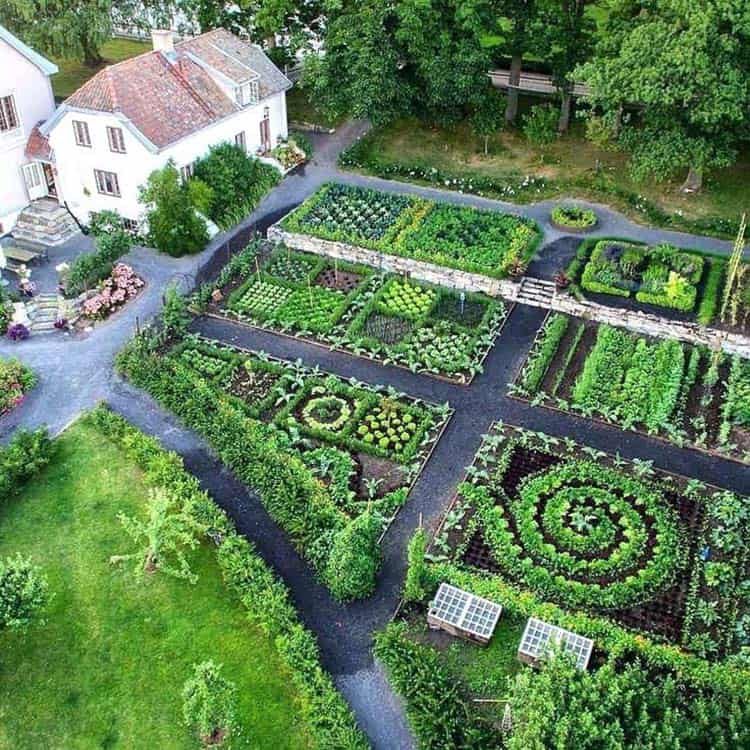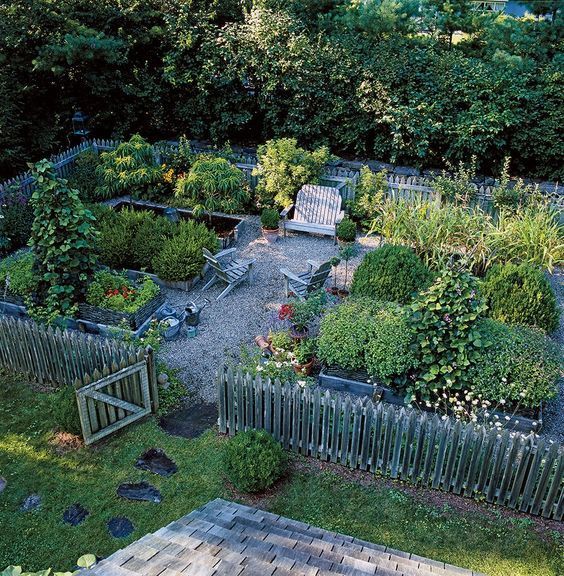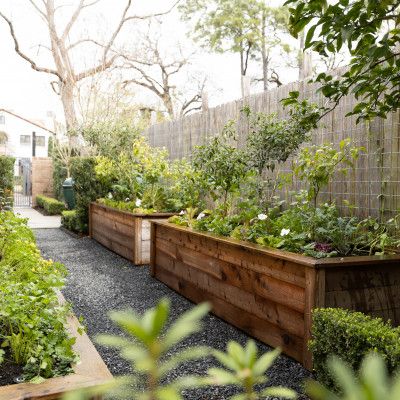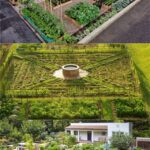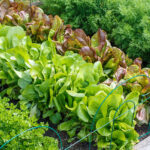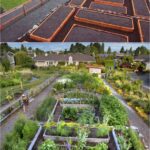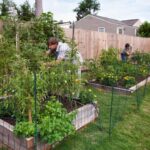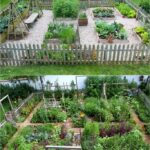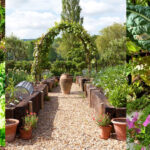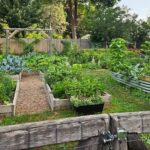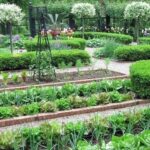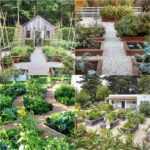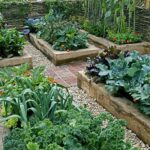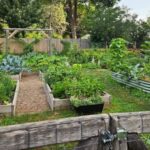When it comes to designing a vegetable garden, there are several key factors to consider in order to create a successful and productive space. One of the first steps in garden design is to choose a location that receives ample sunlight, as most vegetables thrive in full sun. Additionally, it’s important to ensure that the soil in the chosen location is well-draining and nutrient-rich, as vegetables require good soil in order to grow to their full potential.
When planning the layout of a vegetable garden, it can be helpful to group vegetables together based on their specific needs. For example, plants that require more frequent watering, such as tomatoes and cucumbers, can be grouped together, while those that require less water, such as beans and carrots, can be placed in a separate area. This not only makes it easier to care for the plants, but also helps to maximize space and ensure that each plant receives the right amount of water and nutrients.
Another important aspect of garden design is to consider the size and spacing of the plants. Some vegetables, such as corn and squash, need more room to grow and should be planted in rows with ample space between each plant. On the other hand, smaller plants like lettuce and radishes can be planted more closely together in order to maximize space and increase yields. By carefully planning the layout and spacing of the plants, gardeners can ensure that each vegetable has enough room to thrive and produce a bountiful harvest.
In addition to the layout and spacing of the plants, garden design also involves considering the aesthetics of the garden. By incorporating elements such as trellises, raised beds, and pathways, gardeners can create a visually appealing space that is both functional and beautiful. Adding decorative elements such as ornamental flowers, herbs, or even sculptures can also enhance the overall look of the garden and make it a more inviting space to spend time in.
When designing a vegetable garden, it’s also important to consider the overall maintenance and care of the plants. This includes regular watering, weeding, and fertilizing, as well as monitoring for pests and diseases. By staying on top of these tasks, gardeners can help their plants grow healthy and strong, leading to a more productive and successful harvest. Additionally, including companion plants in the garden can help to naturally repel pests and improve the overall health of the plants, making for a more sustainable and eco-friendly garden design.
In conclusion, designing a vegetable garden involves careful planning and consideration of many factors, including sunlight, soil, plant spacing, aesthetics, and maintenance. By taking the time to carefully plan and design a garden layout that meets the specific needs of the plants, gardeners can create a productive and beautiful space that will provide a bountiful harvest for years to come. With a bit of creativity and attention to detail, anyone can create a thriving vegetable garden that looks as good as it tastes.
